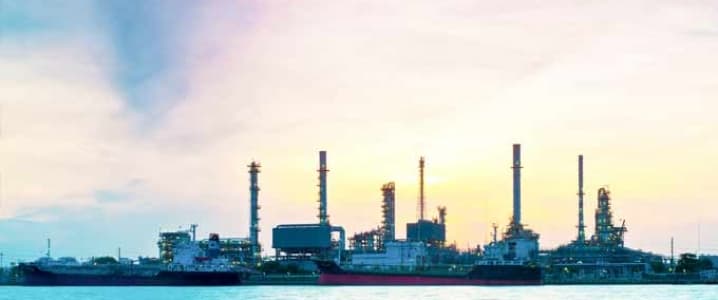The price of carbon in Europe has fallen in recent weeks due to the political turmoil in the UK as the country weighs a no-deal Brexit, but carbon prices are still dramatically higher than they were last year.
Major industrial polluters in the European Union need to purchase carbon credits to offset greenhouse gas emissions, and for years the market for carbon was oversupplied, resulting in rather painless compliance for polluters.
But the European Union’s Market Stability Reserve (MSR) helped reduce the surplus of credits for the period of 2019-2023, which triggered a price rise since last year. Carbon prices nearly topped 30 euros a piece in July, up from below 6 euros two years ago.
The sharp increase in carbon prices has ramifications for energy markets worldwide, as it makes coal increasingly uncompetitive in Europe.
The shift away from coal for electricity generation has accelerated as of late, in part because of higher carbon prices, but also because of cheap natural gas and renewable energy. “The displacement of coal-fired power is largely due to the advance of wind and solar power,” Commerzbank said in a report. “In absolute terms, 50 TWh less coal-fired electricity and a good 30 TWh more wind and solar power were produced,” over the 12-month period ending in June.
Natural gas prices are also at exceptionally low levels, falling below 10 euros per megawatt-hour in June for the first time in a decade, and down 65 percent since September 2018. Gas inventories are filling up and supplies are so abundant that there are now questions about some form of curtailment in supply, perhaps via lower imports from Russia or from fewer LNG cargoes.
Falling natural gas prices and rising carbon prices over that timeframe have been a lethal cocktail for coal. Coal-based electricity production plunged by nearly 20 percent in the EU in the first half of 2019, Commerzbank said, with coal suffering an acute collapse in percentage terms in Ireland, France and the UK.
But that shift means that the generation profile is less carbon-intensive, thereby reducing pressure on the carbon market. “[H]ard coal-to-gas switching is almost maxed out and further displacement out of lignite only happens at +€45/t, with very limited capacity to actually switch,” Bank of America Merrill Lynch said in an August 29 note.
Related:
In fact, even as carbon prices surged over the past few years before reaching a recent peak in July, prices have fallen back more recently, due to several factors. The odds of a no-deal Brexit have climbed all of a sudden, which would likely inflict economic damage across Europe, dragging down demand for carbon credits. More directly, the UK’s exit would remove the country from the carbon market, and without British polluters participating, the carbon market could once again become oversupplied. UK-based companies would potentially dump their unused credits onto the market, sinking prices.
Simultaneously, major European countries (Germany, in particular) are at the precipice of an economic recession. “Production in the steel industry, which even accounts for more than a fifth of emissions, was a good 3.5% down on the previous year, aluminum production is down by the same amount on the previous year and refinery processing is down by just under 1%,” Commerzbank said in a report.
“Brexit and the trade war side of things are leading to long-term investors exiting positions,” Tom Lord, a trader at London-based Redshaw Advisors, told the Wall Street Journal, referring to the latest slide in carbon prices.
Nevertheless, even with the teetering European economy and a political crisis in the UK, analysts are still bullish on carbon as credits are scheduled to be steadily retired over time. “Despite the current headwind, we still expect the carbon price to rise to €30 next year,” Commerzbank said in a note. “In the fourth trading period – that begins in 2021 – the price upswing should continue.”
Bank of America agrees. “[W]e are still bullish carbon prices and see them hitting €50 by end of 2020, with a risk of an overshoot to €80 if the EU macro picture brightens up,” the bank said.
By Nick Cunningham of Oilprice.com
More Top Reads From Oilprice.com:
- Oil Jumps 4% On Positive Chinese Economic Data
- Oil Rises After EIA Reports Crude Inventory Draw
- 2020 Election Could Put Oil Out Of Business


















